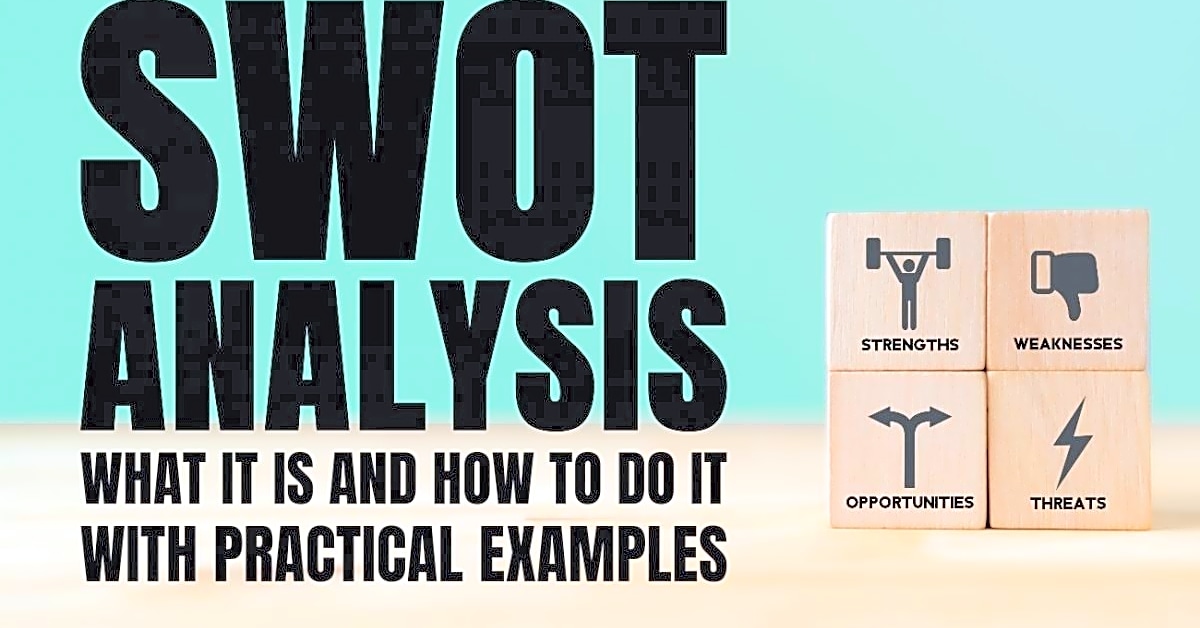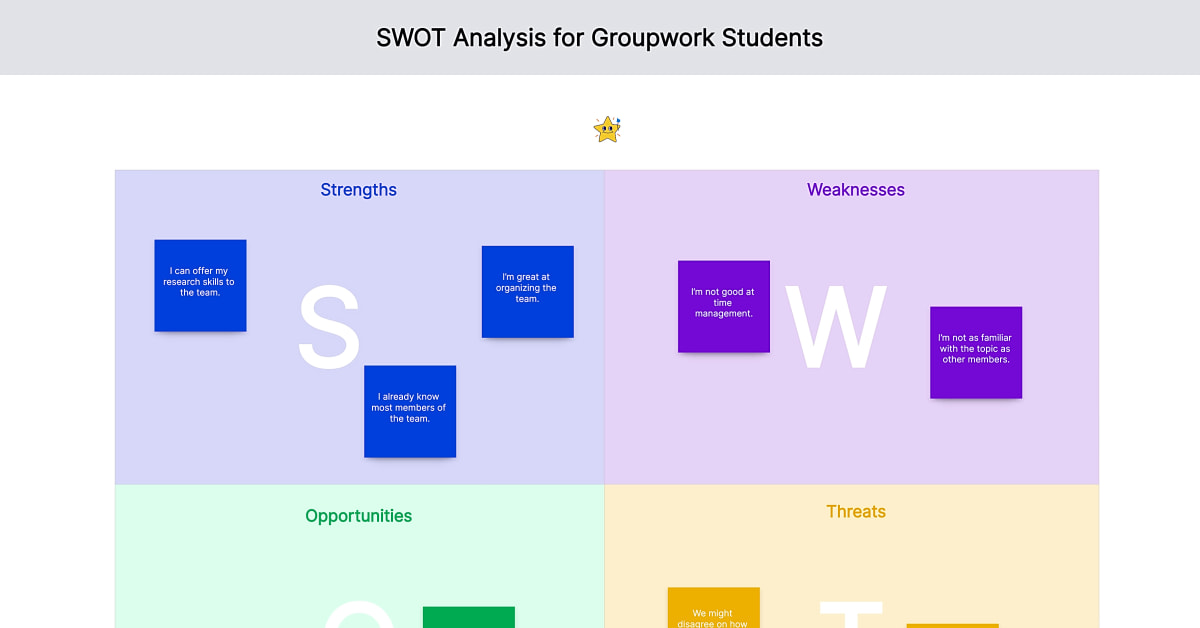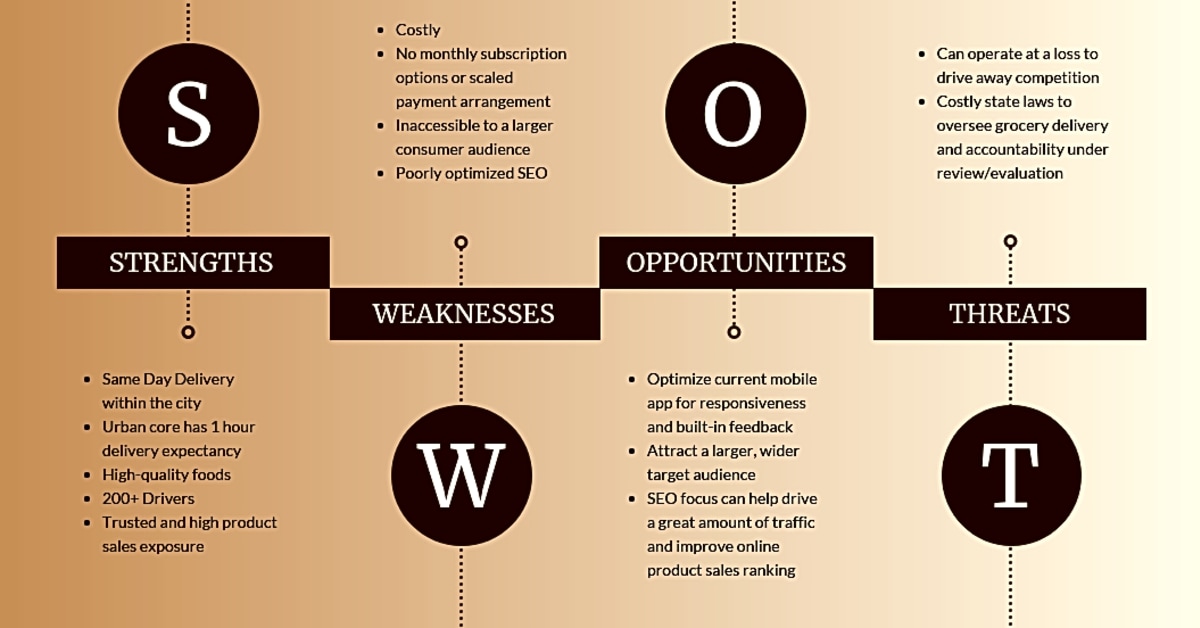SWOT analysis is a widely used strategic planning tool that helps organizations assess their strengths, weaknesses, opportunities, and threats. It can be used for a variety of purposes, from evaluating business strategies to making personal decisions. In this article, we will explore the different ways in which SWOT analysis can be utilized, and how it can benefit individuals and businesses alike. Whether you’re looking to improve your company’s competitive advantage or simply want to make a well-informed decision, SWOT analysis is a valuable tool to have in your arsenal. So let’s delve deeper into the advantages of using SWOT analysis for different purposes.
To begin with, let’s define what a SWOT analysis is. SWOT stands for Strengths, Weaknesses, Opportunities, and Threats. It is a strategic planning technique that helps identify internal and external factors that can impact a project, business, or individual. A SWOT analysis can be conducted for various reasons, such as developing a business plan, evaluating a marketing strategy, or making personal development plans. It is a simple yet effective method that provides a comprehensive overview of a situation and allows for informed decision-making.
One of the main advantages of using SWOT analysis is its flexibility and adaptability. This means that it can be applied in different situations and for various purposes. For businesses, SWOT analysis can be used to assess the strengths and weaknesses of the company, as well as identify potential opportunities and threats in the market. This information can then be used to create effective strategies and make informed decisions.
Additionally, SWOT analysis can also be helpful for individuals who are looking to improve their personal development. By conducting a SWOT analysis on themselves, individuals can identify their strengths and weaknesses, as well as opportunities and threats in their personal and professional lives. This can help them set realistic goals and make necessary changes to achieve success.
Another important aspect of using SWOT analysis is its ability to provide a comprehensive overview of a situation. By looking at both internal and external factors, individuals and organizations can gain a better understanding of their current state and potential outcomes. This allows for more informed decision-making and the ability to anticipate and mitigate potential risks.
In conclusion, SWOT analysis is a powerful tool that can be used for different purposes. Its flexibility and adaptability make it an essential part of strategic planning for both businesses and individuals. By conducting a SWOT analysis, one can gain a comprehensive overview of a situation and make informed decisions to achieve their goals. Whether it be for personal or business purposes, SWOT analysis is a valuable technique that can lead to success.
Tools to Aid in Your SWOT Analysis
When it comes to conducting a SWOT analysis, there are a variety of tools and techniques that can help you gather and organize your thoughts. These tools can be particularly useful when it comes to identifying your strengths, weaknesses, opportunities, and threats in both a business and personal development context.
One popular tool for conducting a SWOT analysis is the SWOT matrix, which allows you to visually map out each component of your analysis in a four-quadrant grid. This can make it easier to compare and contrast the different aspects of your analysis and identify patterns or correlations between them.
Another helpful tool is the TOWS matrix, which takes the traditional SWOT matrix one step further by helping you develop specific strategies based on your analysis. This can be especially useful for businesses looking to capitalize on their strengths and opportunities while mitigating their weaknesses and threats.
Other tools that can aid in your SWOT analysis include brainstorming techniques, such as mind mapping or free-writing, as well as conducting surveys or interviews with relevant stakeholders. These tools can help you gather a wide range of perspectives and insights, providing a more comprehensive and accurate SWOT analysis.
Examples of How SWOT Analysis Can Be Used
SWOT analysis can be a useful tool in a variety of situations and can provide valuable insights into an organization’s or individual’s strengths, weaknesses, opportunities, and threats. Here are some examples of how SWOT analysis can be used:
1. Business Planning: SWOT analysis can be used to identify the strengths and weaknesses of a business, as well as potential opportunities and threats in the market. This information can then be used to develop strategies and make informed decisions for the future.
2. Personal Development: SWOT analysis can also be applied to personal development, such as identifying strengths and weaknesses in one’s skills or career goals, and finding opportunities for growth.
3. Project Management: When starting a new project, conducting a SWOT analysis can help identify potential risks and areas that need improvement, allowing for better planning and execution.
4. Marketing Strategies: SWOT analysis can be used to evaluate the effectiveness of current marketing strategies and identify areas for improvement. It can also help businesses understand their target market and find new opportunities for growth.
5. Competitive Analysis: By conducting a SWOT analysis on competitors, businesses can gain insights into their strengths and weaknesses, allowing for better positioning in the market.
Understanding the Different Purposes of SWOT Analysis
SWOT analysis, which stands for Strengths, Weaknesses, Opportunities, and Threats, is a strategic planning tool that can be used for a wide range of purposes. It involves identifying and analyzing the internal and external factors that can impact an individual or organization. By understanding these factors, we can make more informed decisions and create effective strategies to achieve our goals.
Personal Development
One of the most common uses of SWOT analysis is for personal development. By examining our strengths and weaknesses, we can identify areas where we excel and areas where we may need to improve. This self-awareness can help us set realistic goals and create a plan to achieve them.
Business Planning
In the business world, SWOT analysis is often used for strategic planning. By evaluating the company’s strengths and weaknesses, as well as opportunities and threats in the market, businesses can make informed decisions and develop effective strategies to stay competitive.
Project Management
SWOT analysis can also be a useful tool for project management. By understanding the strengths and weaknesses of team members, project managers can assign tasks accordingly and ensure that everyone is working to their strengths. It can also help identify potential roadblocks and risks that may arise during the project.
Career Planning
For individuals looking to advance in their careers, SWOT analysis can be a valuable tool. By evaluating their strengths and weaknesses, as well as opportunities and threats in their industry, individuals can make informed decisions about their career path and take steps to improve their skills or pursue new opportunities.
In conclusion, SWOT analysis is a valuable tool that can be used in many different ways. Whether you are looking to improve your business strategy, assess your personal strengths and weaknesses, or identify potential opportunities and threats, SWOT analysis can provide you with valuable insights. By utilizing this technique, you can make more informed decisions and achieve success in your endeavors.


